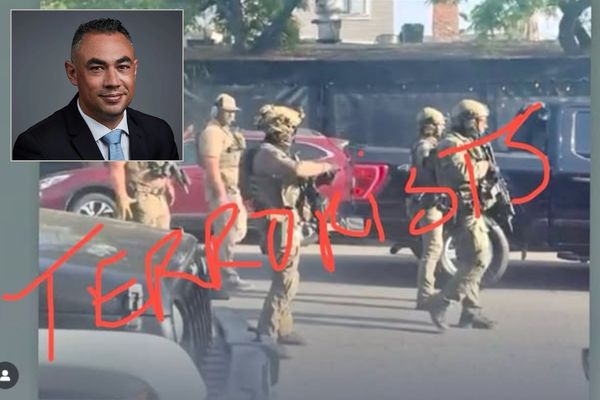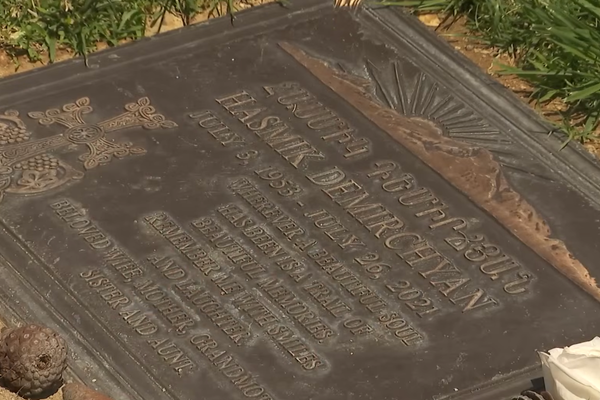
Bijoy Chowdhury readily accepts my suggestion that we meet at the Kolkata Maidan. For the photographer and visual artist, whose Kolkata-centric, self-funded photography calendars have gained a formidable reputation as a collector’s item, the vast expanse of the Maidan—fringed in the far distance by tree-lined roads and a clutch of Chowringhee high-rises, with the imposing light towers of the Eden Gardens stadium and the Vidyasagar Setu overlooking it—is the kind of city space that inhabits the pages of his table calendars.
Once gathered at the Maidan under a setting sun, the city shows up in its winter finery. Tarot readers, balloon and ice-cream sellers, young players in bright football jerseys, flyers of vividly designed kites, policemen on horseback and visitors in cheerful hues of warm garments compete for colour in the 1,000-acre grassland burnt mellow yellow by the season’s long dry spell. The mist lurks behind the century-old trees, ready to shroud the Maidan in evening secrecy.

The tea-seller’s arrival is a moment in serendipity, for Chowdhury was talking about his next series of calendar photography, which is likely to have Kolkata tea-sellers and roadside tea shacks as a subject. The Bengali proclivity for impromptu adda sessions at roadside shacks—where tea served in bhars (small earthen pots) triggers the free-wheeling discussions—is an endangered activity, Chowdhury says. “The tea-shack adda sessions have been a part of Kolkata’s intellectual life. I want to document that before it disappears altogether,” says the photographer, who has won the Commonwealth Photography Award and the National Geographic Traveler Photo Award in the past.


It is difficult not to miss the sense of loss that comes through. Though calendars tend to be fixed on the present and the future, Chowdhury manages to draw us back in time—the numbers of hand-pulled rickshaws have been controlled through legislation and they have been banned from busy roads, while the city’s Chinese community has less than 3,000 members today, down from the 10,000-odd a few decades back.
From his 2010 calendar, simply called Kolkata, a gigantic street-side wall graffiti of a veiled woman on Sudder Street is juxtaposed intelligently with an approaching young Muslim woman, her face framed too by a veil. The astounding piece of street art, Banksy-like in its ambition and execution, is no longer there; the wall having made way for a new, swanky, glass-fronted hotel. A scene from the colonial Bankshall Court Complex has lower-end employees lazing under a bust of a topi-wearing Bengali babu—the imperial candour of the frame complemented by the proud and stately posture of the Bihari employees.
Talking to Chowdhury is akin to a walk down history lane. The photograph of the babu brings to mind the derogatorily-named khochors—Bihari strongmen who would be contractually employed by Kolkata police to spy on petty criminals, drug users and Naxalites in the city; it is a “department”, says Chowdhury, which is now nearly defunct.
Inspired to take up documentary photography owing to his association with Japanese photographer Hiroh Kikai, and attracted to calendar photography after having seen similar work at Rockland, near Boston, during his visit to the US in 2003, Chowdhury spends over Rs.35,000 every year to bring out 200-300 copies of calendars. He distributes them for free among editors of art magazines, curators, gallery owners, friends, writers and photographers. “While, on the one hand, I want my photography to be seen, I’m also keen on the fact that interesting aspects of Kolkata life as well as photography in general find a place in drawing rooms,” he explains.
Much like the work Chowdhury showcases, the calendar too is past its prime. Calendar art first became popular in the 19th century, through artists like Raja Ravi Varma, the exposition of gods and goddesses and nationalistic leaders. The once-ubiquitous calendar survives today as a corporatized show by the likes of Kingfisher in India and Pirelli and Sports Illustrated abroad.
Today the date too sits like a constant on our desktop computers, laptops, tablets and mobile phones. Indeed, as the western sky over the Maidan turns a glorious scarlet, the date pops up on my mobile phone when I only needed to check the time.
Chowdhury is well aware that his Kolkata calendar might be a dated idea. “From mass use they have become niche. But, occasionally, when I asked for the old calendars from friends whom I had gifted, they were willing to lend but not give it back to me. I find their willingness to preserve my calendars very interesting,” says Chowdhury.

Despite the anachronism that calendars are in modern homes, the August 2013 page from Chowdhury’s Chinatown calendar, much like his other Kolkata calendars, will survive beyond their characters.







